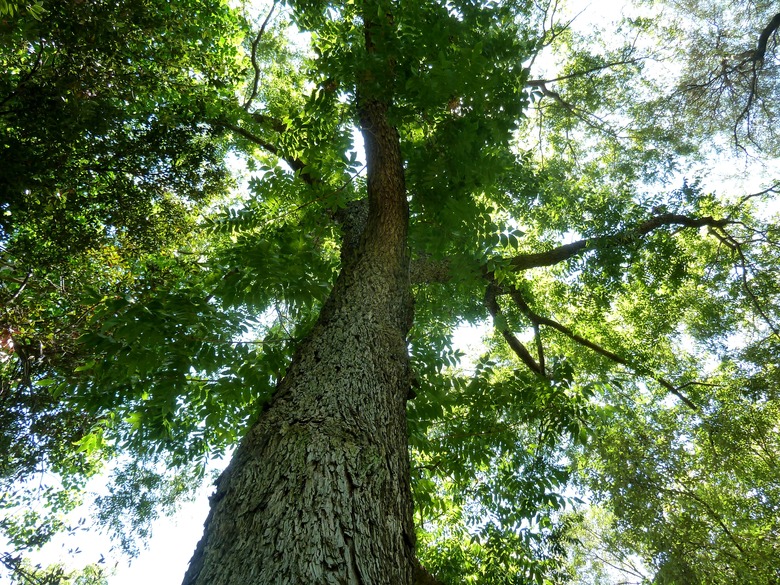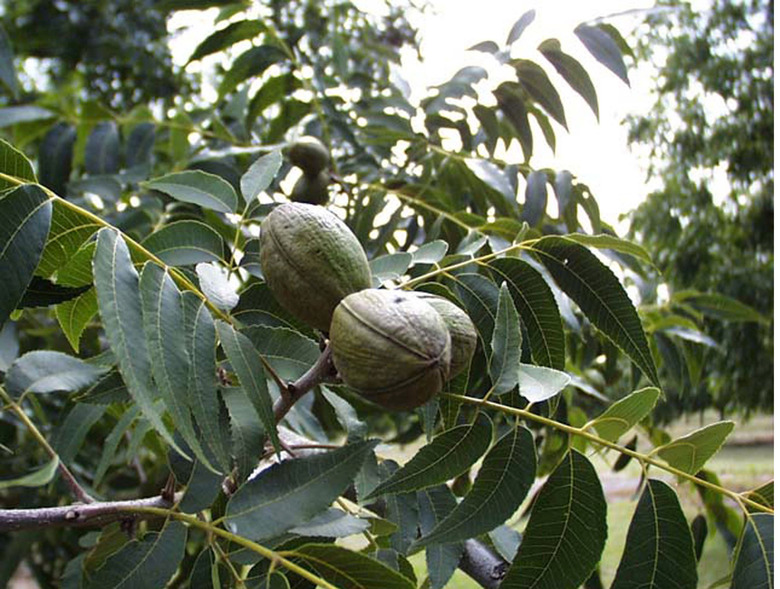The Average Life Of The Pecan Tree
The pecan tree (Carya illinoinensis) is a large, long-lived deciduous tree in the Juglandaceae family. It is native to North America, occurring naturally in the central region of the United States and south into Texas and Mexico. It grows primarily in the Mississippi River valley.
Under the right care and conditions, they can live for several hundred years, though most trees have shorter lives. The pecan tree is hardy in USDA plant hardiness zones 5 to 9.
Pecan Tree Facts
Pecan trees are large trees, with mature trees capable of reaching heights of up to 100 feet. They grow about 13 to 24 inches a year. In addition to their nuts, pecan trees are also valued for their timber, which is used for making furniture and other commercial wood products.
Pecan trees are monoecious, which means that separate male flowers, known as catkins, and female flowers are found on the same tree.
However, pollen release does not coincide with the window when female flowers are receptive. Some pecan varieties are protandrous, meaning the pollen is released before the female flowers are ready. Others are protogynous, meaning the pollen is released after the female flowers are receptive.
Pecan trees therefore require cross-pollination. That means that pollination with pollen from a different pecan cultivar must occur in order for the tree to produce nuts. That means that multiple trees within 200 feet of each other are required for pecan production.
Pecan Tree Life Span
Pecan trees are capable of living for 300 to 400 years. However, the life span of a pecan tree is usually around 117 years.
When planting a pecan tree, it is important to note that it can take a long time for a pecan tree to produce fruit — as long as 6 to 10 years. The specific age when a pecan tree begins to produce nuts depends on the cultivar.
Growing Pecan Trees
Pecan trees are difficult to transplant because of their root system; they develop a long taproot. Therefore, choosing the right location for these trees from the get-go is essential. Pecan trees should be planted in full sun to produce a good crop. A soil pH somewhere between 6.0 and 6.5 is ideal.
A pecan tree's water needs vary throughout its life cycle. Young trees need 10 to 15 gallons of water a week for proper tree growth. It is also important to have the soil tested in order to determine a tree's fertilizer needs.
Tip
Proper watering and fertilization are key to pecan tree growth and can mitigate the effects of diseases.
Pecan Tree Diseases
While pecan trees are capable of living for centuries, nut production and nut quality can be affected by fungal diseases, such as pecan scab, leaf spots and shuck dieback.
Due to the size of these trees, however, spraying a pecan tree with fungicides is not practical in the home garden. Pecan trees are also vulnerable to bacterial diseases, such as crown gall.
Trees that are stressed tend to be more vulnerable to diseases. Therefore, properly watering and fertilizing the trees can help prevent diseases from affecting pecan nut production. It is also important to clean up around the trees to remove leaf litter and other plant materials that can harbor pathogens.

